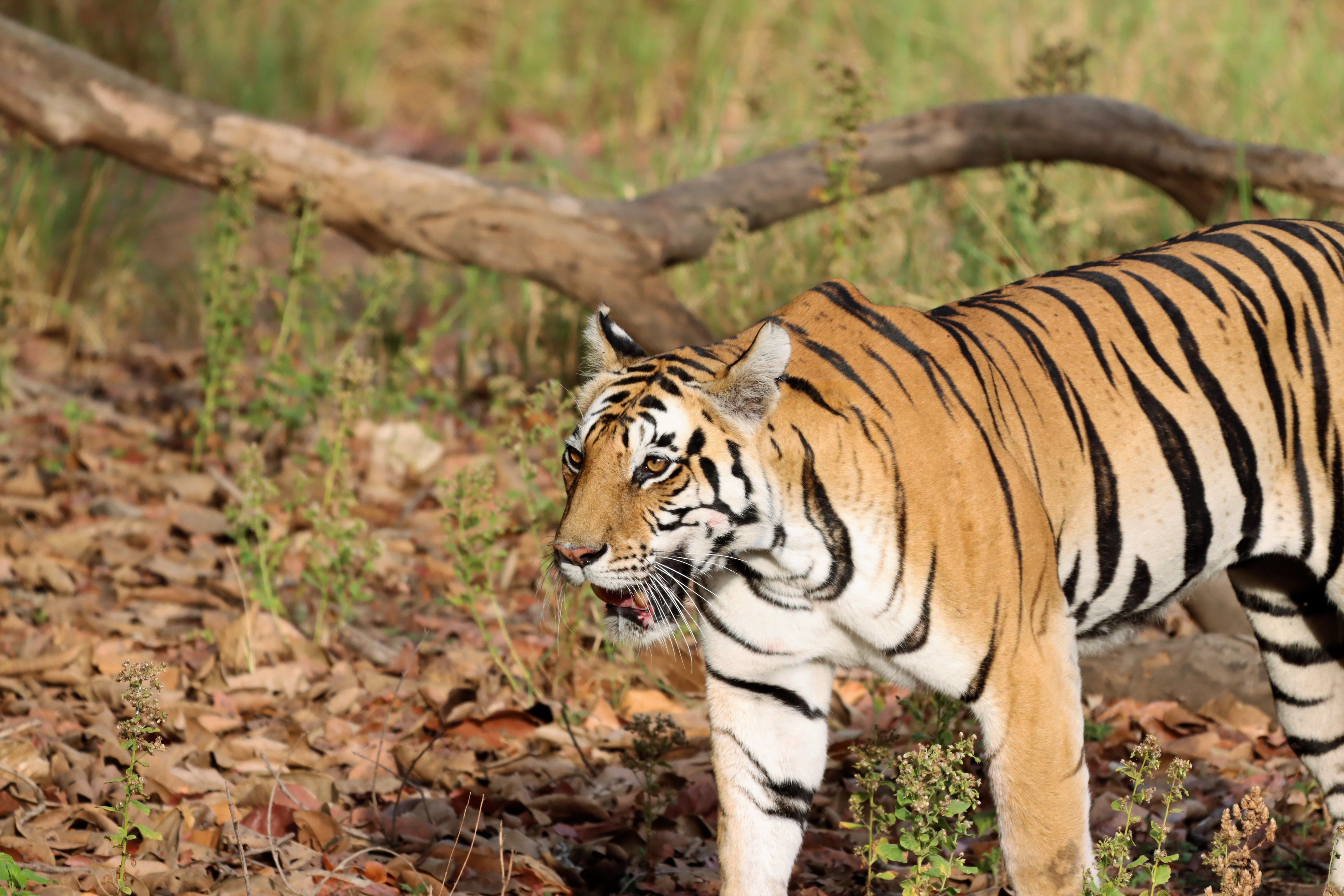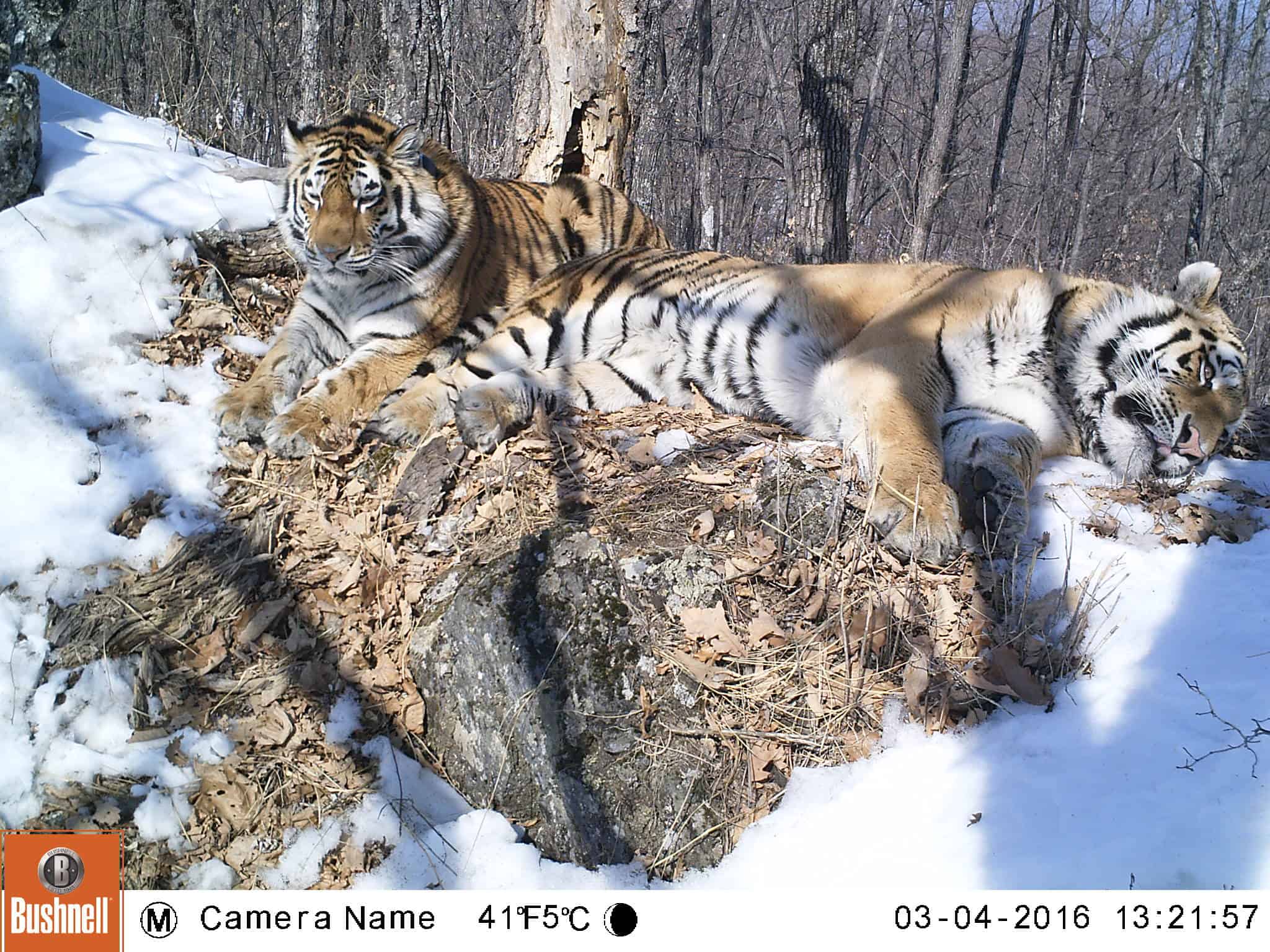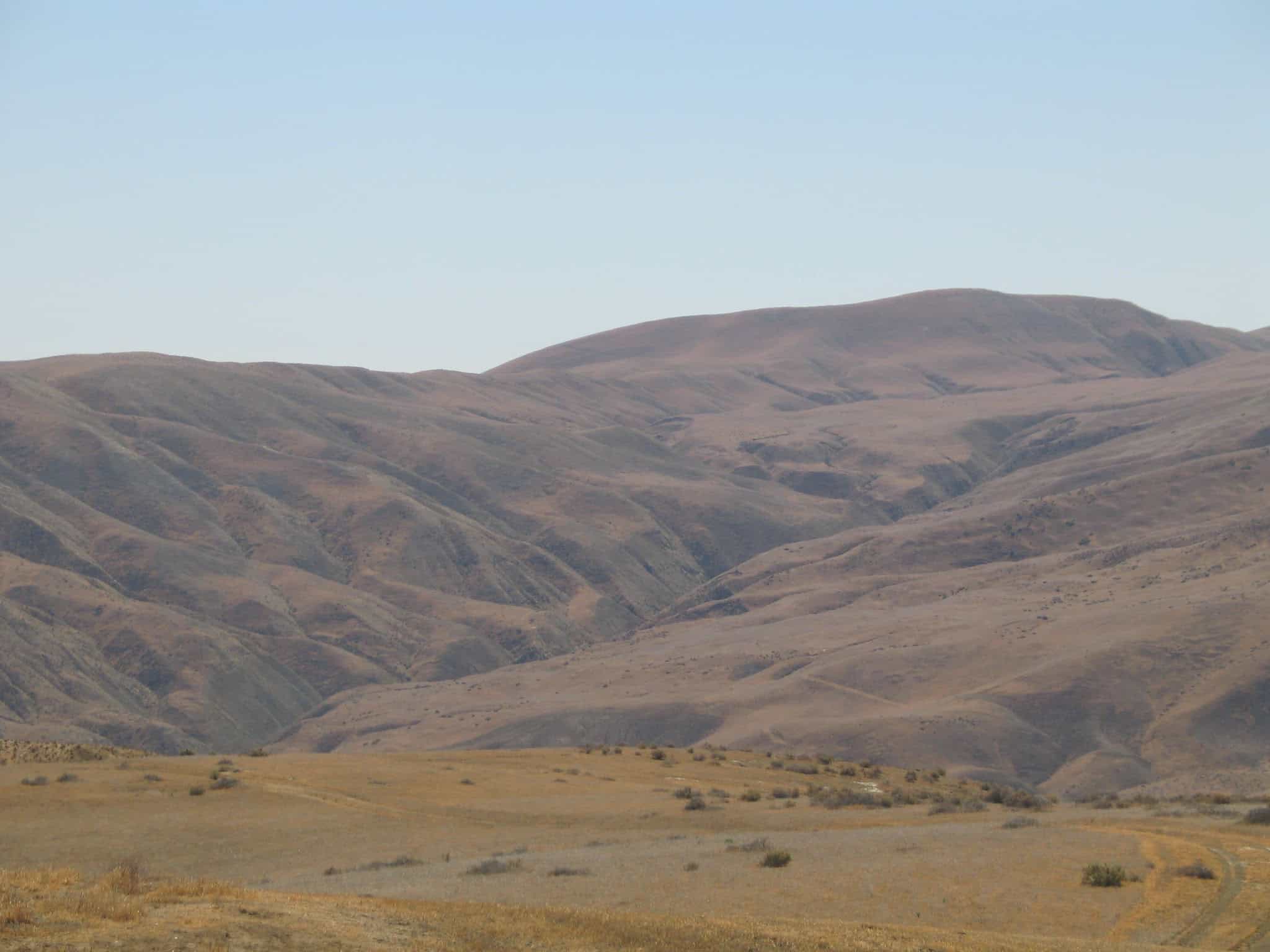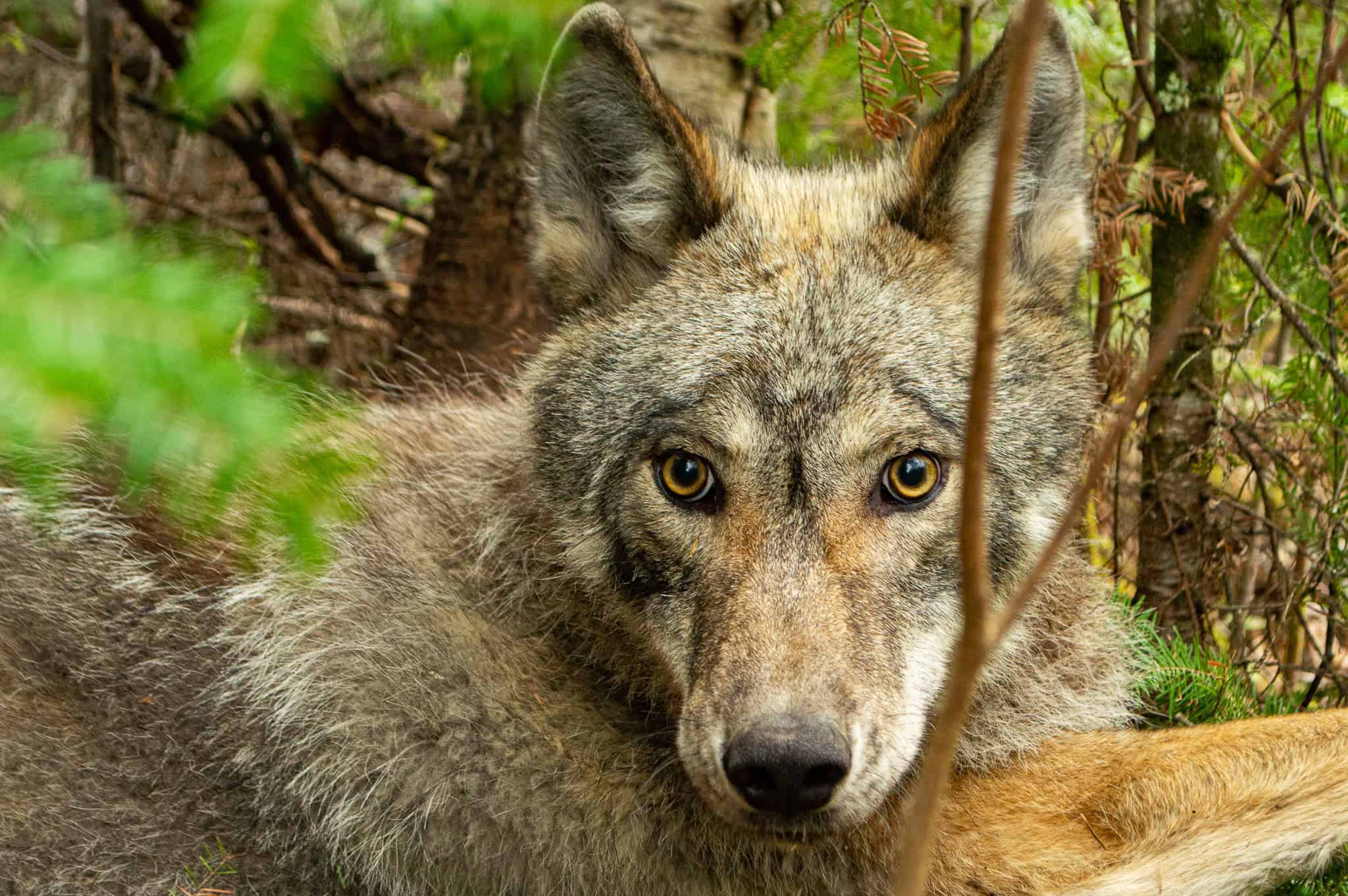Share this article
AI cameras can reduce human-wildlife conflict in India
Researchers are deploying remote cameras with artificial intelligence capabilities in India to reduce conflicts between tigers and livestock.
Tiger (Panthera tigris) populations have been so successful in rebounding in India that they are leaving reserves and getting into close contact with people. Remote camera images have shown tigers walking within 100 meters of homes. That doesn’t just pose a danger to people. The roaming cats sometimes prey on their livestock, affecting their livelihoods.
“Where we’re working, tigers are killing livestock on almost a daily basis,” said Jeremy Dertien, a postdoctoral researcher at the German Center for Integrative Biodiversity Research. The residents have proven “amazingly resilient” in the face of the roaming cats, Dertien, but being able to keep track of the tigers could help them coexist.
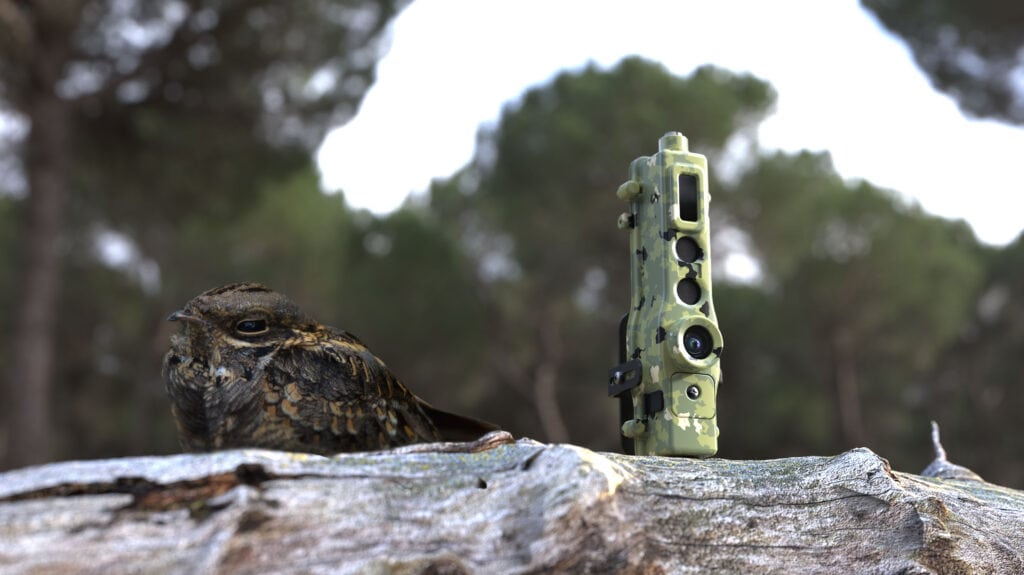
As a postdoc at Clemson University, Dertien and his colleagues employed special cameras with an artificial intelligence component to keep track of the tigers and alert people when the cats are near. Clemson researchers, in collaboration with the Global Tiger Forum, worked with the organization RESOLVE on a team led by Eric Dinerstein that spent seven years developing the cameras before deploying them in India.
About the size of an extra-large Sharpie pen, the TrailGuard AI camera is placed up to three meters off the ground. When its embedded AI detects an animal it suspects is a tiger, it sends the tiger image to a computer server and via email or Telegram to a park ranger.
In a study published in BioScience, Dertien and his colleagues first tested the AI tiger model to see if it would decipher that it took a picture of a tiger and how long it would take to do so. In the vital Kanha–Pench corridor of central India, the team determined that it worked, taking 30 to 45 seconds from detection to deliver the notification.
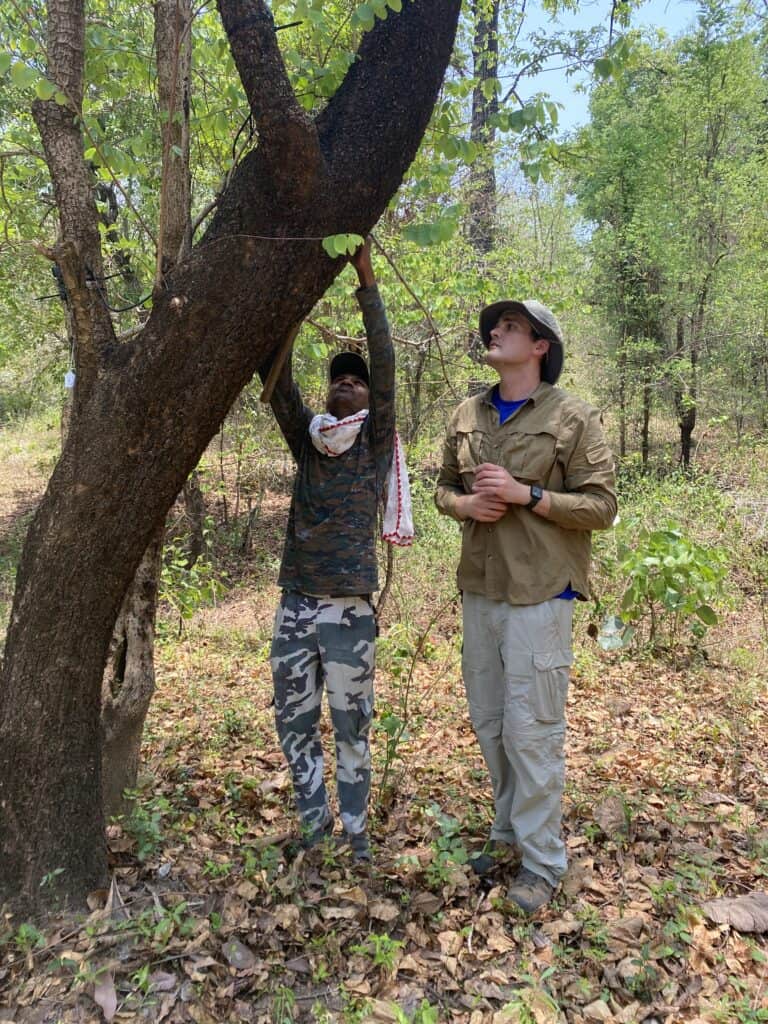
Since then, the cameras have been put into action. “The rangers have been asking for more cameras to be deployed out there because it really helps them keep track of some problem tigers they might have,” Dertien said.
Rangers have used WhatsApp groups with village leaders to let them know the general area tigers are roaming, in case people may have their livestock out. “People actually get on bikes and blow horns” to warn local residents, Dertien said.
The devices are also being put to work elsewhere, in different ways. In parts of Africa, they’re being used primarily to detect poachers rather than wildlife.
Header Image: A tigress in Kanha Tiger Reserve. Credit: Jeremy Dertien



